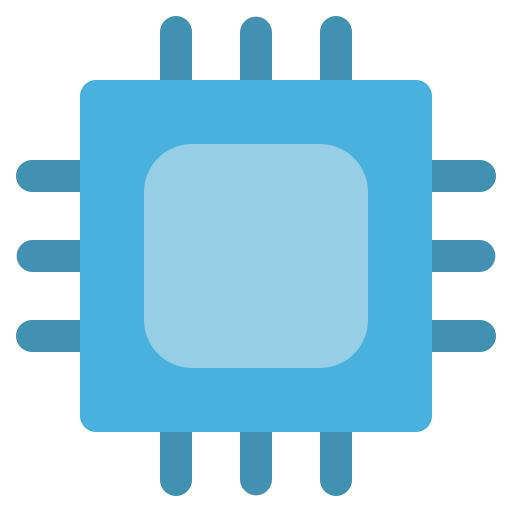

theyd have to all collorbate to make that happen though, which is really unfeasable on their end. a BUNCH of companies will go under if they cannot sell product. they arent going to willingly take losses for the sake of a different company.
old profile: https://lemmy.ml/u/dudewitbow


theyd have to all collorbate to make that happen though, which is really unfeasable on their end. a BUNCH of companies will go under if they cannot sell product. they arent going to willingly take losses for the sake of a different company.


pretty much how I saw it. 10 was a push towards accepting all hardware configurations. 11 put restrictions in the name of security. so even if a user WANTED to upgrade, there’s technically a barrier that Microsoft would block them (albeit that check can be bypassed).


thats often the life of a startup. most startups end up failing (~80%). the other 20% hope their hustle gets them big enough to be bought out so they can then relax more.
the people who work startups dont want to be working that job indefinitely. especially since it often entails being overworked.


RDNA2 > RDNA3 is liek ~10% gen over gen, so gpu wise, its still sort of behind. CPU wise, Zen 2 > Zen 4 is a huge jump


it basically has less cpu cores, (6c/12t vs ps5 8c/16t) and less GPU compute units (28CU vs 36CU), however the GabeCube uses newer CPU and GPU architecture compared to the PS5 (Zen 4 vs PS5’s Zen 2, RDNA3 instead of PS5’s RNDA2) to make up a little bit of ground. hence why if you had to give it a rough performance, its near a PS5, but not exactly quite there.


dont expect much from the machine performance wise given its specs (basically assume about ps5 performance)
the vr headset though is actually the more interesting product when it comes to effort put into it.
curious to see how much the snapdragon 8 gen 3 handles linux arm to x86 performance. ive seen the same chipset for android arm to x86 performance (see arm based chinese handhelds like Ayn Odin, using game native/game hub)
pitching the headset as both a vr device and what is essentially a monitor/all in one is a choice.


rust is a game commonly overrun with hackers who hack to grief other players, as its inherently a pvp survival game that takes a while to build up


theres basically one anti conpetitive measure they hold primarily, and its the one that states the listing price of a game must be the same on all platforms policy. stops devs from having a lower listing price on other platforms.
other than that its usually other platforms shooting their selves.


the removal on the icon was supposedlu just gor icon simplification rather than on the physical product.
including 2 touchpads already makes the icon fairly recognizable for what controller its trying to convey


ive been using beeper so its a matter if they kill the API in my case. (im surprised they didn’t nuke the API first)


as a person who works in that industry pretty much. the only people buying singles are people who do it internally else its sold on bulk because the money gets split between the ecycler and the company who originally owns the product.
outside of having less processing to deal with per order, a company buying things in bulk is less critical about the condition of a product than an individual end user.


although i prefer the arch distros for bleeding edge and rolling updates. Bazzite makes sense for testing because of the immutable.
A lot of more experienced pc users might end up liking arch distros later in their life, but I would never recomnmend arch based distros to people who aren’t comfortable with linux yet.


Reading the article, kinda happy that different countries are working on different cancer fighting mrna options that currently are on different phases.


the only advantage i can think of is to maintain more traditional tablet aspect ratios. single fold phones tend to have a very square screen when opened.


in a comment that was removed from the post, this data was in a decompilaion of steamvr binaries. which implies potentially vr related
i dont know source though. take with grain of salt


for reference, 180nm is 1999 tech. the tech that was used for the PS2/Gamecube.
hence why Mention the titles a bit sensationalist.
its using a gpu company that rarely does it, for the first time in awhile in a very specific way, as that’s not the title of the thread that OP links.
the idea of a laptop dgpu isnt new
the idea of a removable laptop dgpu(mxm)
the idea of a removable nvidia laptop dgpu isnt new(same as above, also asus rog flow attachable gpus)
the idea of a slottable gpu isnt new (frameworks 7700s came before it)
its the combination of the above which is pigeonholing the definition hard enough that it really doesnt have any real merit.
thr frameworks AMD 7700s came before it, so it wouldn’t be the first.
the title is sensationaliat, as the gpu part has been done before (mxm gpus)
the only industry first off the top of my head is the 240w usb c epr charger for a laptop
the ai companies are but that doesnt talk about the hardware specific companies. for example dell, hp and lenovo run a large business laptop leasing business if they do not get their ram, it will sour their relationships with memory manufacturers . they arent all going to be willing to take losses